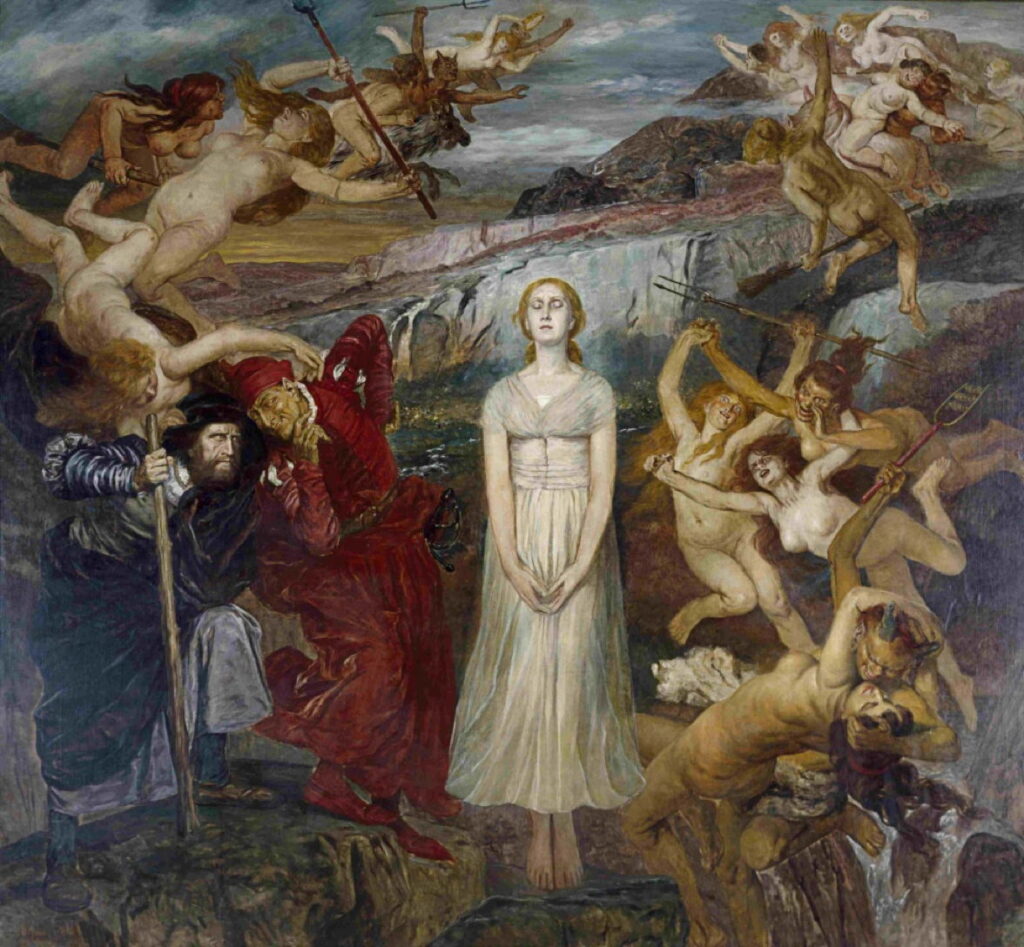In memoriam Fritz Roeber, an artist lost in history

On 15 May 1924, Fritz Roeber (1851-1924) died in the city of Düsseldorf, where he had developed and expanded its prestigious Art Academy. This was the focus of the Düsseldorf School, including Albert Bierstadt, Alexandre Calame, Eugene von Guerard, William Morris Hunt, Carl Friedrich Lessing, Bruno Liljefors, Ivan Shishkin, Lesser Ury, and thousands of other artists. It was a major influence on the Hudson River School, and dominated landscape painting in central Europe during the latter half of the nineteenth century. Yet Roeber is now forgotten, and his paintings have all but vanished.
Roeber started his training in a private painting school, but his time there was interrupted when he was called to serve in the Franco-Prussian War of 1870-71. His early career seems to have been marked by his versatility: in addition to painting and making lithographs, he designed part of a trophy presented to the then Prince Wilhelm for his marriage to Augusta Victoria of Schleswig-Holstein on 27 February 1881. After that, Roeber provided important support to develop local arts and crafts industries.
Fritz Roeber (1851-1924), Friedrich Wilhelm and His Son (before 1896), further details not known. Wikimedia Commons.
Friedrich Wilhelm and His Son most probably shows Prince Wilhelm attending his father Kaiser Frederick III when the latter was dying of throat cancer in the first half of 1888. Frederick III died on 15 June after reigning for just 99 days.
In 1893, Roeber started teaching at the Düsseldorf Art Academy, and was involved in organising several international exhibitions as a result.
Fritz Roeber (1851-1924), Battle of Mons Lactarius (before 1908), further details not known. Wikimedia Commons.
The Battle of Mons Lactarius, painted before 1908, shows a scene from this battle fought on the slopes of Mount Vesuvius (seen emitting smoke in the background) in 552 or 553 CE, as part of the Gothic War between the forces of Emperor Justinian I and the Ostrogoths. The Byzantine general Narses ambushed the remains of the Ostrogothic army there, and the latter were defeated and scattered after two days of fighting. This marked the end of the Ostrogoths in Italy.
In 1908, Roeber was appointed Director of the Art Academy. Although seen as a conservative, he broadened its scope to include stained glass workshops, and the Academy merged in part with the city’s Arts and Crafts School. This led to an expansion in staff, and new studio buildings.
Fritz Roeber (1851-1924), Walpurgis Night Scene from ‘Faust’ (c 1910), oil on canvas, 186 x 206 cm, Museum Abtei Liesborn, Wadersloh, Germany. Wikimedia Commons.
Today, Roeber’s best-known painting is his Walpurgis Night Scene from ‘Faust’, from about 1910. This shows Gretchen standing in white, with her eyes shut tight. To the left of her are Mephistopheles, in red, and Faust. They’re surrounded by flying witches holding pitchforks, and in the background are the rocky slopes of the Brocken.
On 15 May 1924, after more than thirty years of teaching at its academy, Fritz Roeber died in Düsseldorf. By this time his art was forgotten, and his narrative paintings have since largely passed into oblivion.




